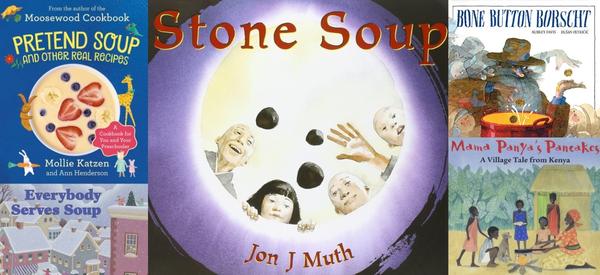
Before young children learn to speak, crying is their only means of vocal communication. But do adults know when a baby is in pain as opposed to being mildly uncomfortable? A new study reported in Current Biology on August 8, 2022 finds that the answer to this question is that it depends.
We found that the ability to detect pain in cries-;that is, to identify a pain cry from a mere discomfort cry-;is modulated by experience of caring for babies. Current parents of young babies can identify a baby’s pain cries even if they have never heard this baby before, whereas inexperienced individuals are typically unable to do so.”
Nicolas Mathevon, University of Saint-Etienne
The findings show that humans’ ability to interpret babies’ cries isn’t innate but learned from experience. Parenting young babies shapes our ability to decode the information conveyed by babies’ communication signals.
Mathevon and his University of Saint-Etienne colleagues including David Reby and Roland Peyron made this discovery as part of a broader research program investigating how information is encoded in babies’ cries and how human listeners extract this information. In the new study, they wanted to find out how prior caregiving experience with babies shaped the ability to identify when they were in pain.
They recruited people with different amounts of experience caring for babies, ranging from people with no experience at all to current parents of young children. They also included people with occasional experience babysitting and non-parents with more extensive professional experience in caregiving.
Next, they gave everyone in the study a short training phase in which they heard eight discomfort cries from one baby over a couple of days. Next, their ability to decode the cries as discomfort or pain was put to the test.
And it turned out that experience was everything. People with little to no experience couldn’t tell the difference between cries any better than chance. Those with a small amount of experience performed slightly better.
Current parents and professionals did better than chance. But parents of younger babies were the clear winners. They were able to identify the crying contexts of babies even when they’d never heard the cries of that youngster before. Parents of older kids and those with professional experience didn’t do well with unfamiliar cries.
“Only parents of younger babies were also able to identify the crying contexts of an unknown baby they had never heard before,” says first author of the study Siloe Corvin.
“Professional pediatric caregivers are less successful at extending this ability to unknown babies,” says study co-author Camille Fauchon. “This was surprising at first, but it is consistent with the idea that experienced listeners may develop a resistance that decreases their sensitivity to acoustic cues of pain.”
The findings show that babies’ cries contain important information that’s encoded in their acoustic structure. While adults are attuned to that information, our ability to decode it and identify when a baby is in pain gets better with exposure and experience.
The researchers hope that learning more about how babies communicate pain may help parents learn how to recognize and respond to it even better. They’re now conducting neuroimaging studies to further explore how experience and parenthood shape brain activity when babies cry.
Source:
Journal reference:
Corvin, S., et al. (2022) Adults learn to identify pain in babies’ cries. Current Biology. doi.org/10.1016/j.cub.2022.06.076.

 PARENTING TIPS
PARENTING TIPS PREGNANCY
PREGNANCY BABY CARE
BABY CARE TODDLERS
TODDLERS TEENS
TEENS HEALTH CARE
HEALTH CARE ACTIVITIES & CRAFTS
ACTIVITIES & CRAFTS

